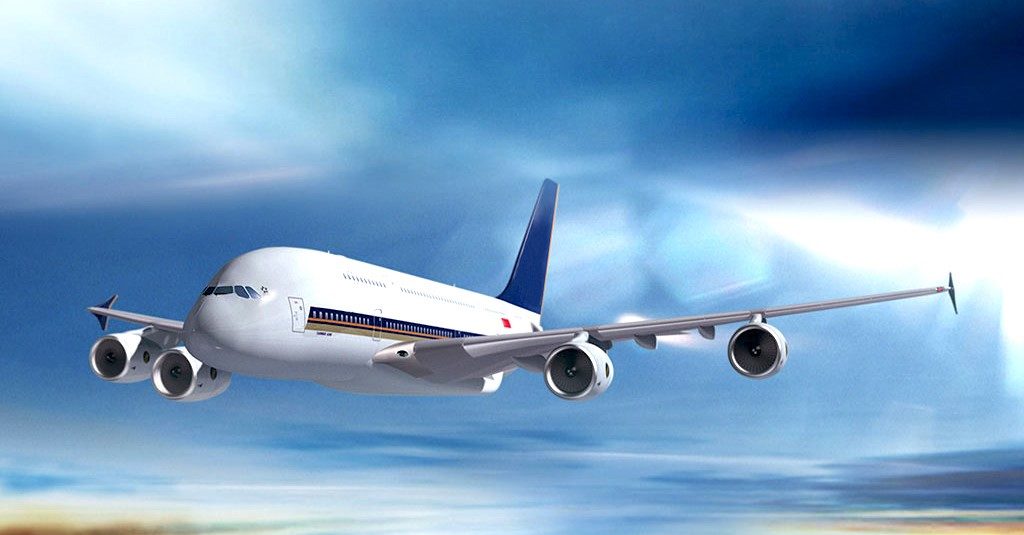The aviation industry has been adopting technological innovations as per the changing learning needs and preferences. It helps improving the scope of using digital content to thrive in today’s modern learning scenario. The demand for efficient airline services along with a robust infrastructure and skilled workforce is dynamically increasing. A diverse range of training programs such as airport facilities, safety & security, cabin crew, soft skills, ground handling and many others help achieving diverse organizational goals.
The Changing Face of Training in Aviation Sector
The industry faces ample challenges when it comes to training the personnel. From training about the global safety measures to regulatory compliances, airline companies ensure that learners gain effective knowledge in the best possible way. With advances in technology and learning styles, the delivery of training and development in aviation sector is also changing. Unlike conventional classroom instruction, e-learning using games, analytics and simulations help to develop knowledge competency, assess learners’ performance and boost workplace productivity. There are several training challenges faced by this industry as discussed here:
1. Huge workforce
There are around 2,092 airlines across the globe with a total fleet of around 23,000 aircrafts. Around 56 million people are employed and engaged in aviation activities and other related tourism. Of these, approx. 8.36 million works directly for the industry. So, training every employee from pilot and crew members to the air hostesses about the changing norms, compliances and skills is a daunting task.
2. Regulatory concerns
With changing operations, compliance has become a major concern as airlines industry has to comply with government regulations. For effective and successful operations, collaboration between airport authority, airlines and equipment manufacturers must be managed. With changing industry regulations, it is crucial for companies to organize regular audits and create detailed reports with updated information.
3. Diversified audiences
Employees working in this sector are spread across multiple geographical locations so it crucial to impart learning on the go. Courses can be accessed on multiple mobile devices (Smartphones & tablets), thereby allowing them to learn at their own pace without any hassle of going anywhere.
4. Automation and Attrition training
In case of attrition of new employees by airlines, it is important to automate workforce training and employee orientation programs with the optimum use of robust and efficient online learning platforms.
Simulations in Aviation Training
The scope of simulations for workplace training is increasing at a fast pace. It is quite a popular approach adopted by airline companies to use simulators for pilot and air traffic controllers. Simulations help to deliver effective e-learning solutions that cater to the customized needs of all. These enable individuals to experience the practical adaption of theoretical learning. Learners face an immersive environment that help to attain business growth using new techniques and strategies. Simulations allow the new-age workforce to understand real-world scenarios within a virtual setting. The courses designed on airline simulations include air traffic management, airspace redesign, maximize airside capacity and more.
Other Technologies Changing Aviation Landscape
The aviation sector has never shied away from embracing new technologies. Improved fuel efficiency, regulatory concerns and aircraft development are some of the early adopters for significant technologies to flourish. Let us discuss some of the biggest technologies used today in the industry:
Drones
Because of the increasing scope of internet of things and sensors embedded with aircrafts, drone technology is widely adopted to identify the areas that need inspection. It uses VTOL (Vertical Take-Off and Landing) vehicles to embrace existing infrastructure such as parking rooftops.
Augmented Reality (AR)
It is the use of technology to superimpose virtual elements in the real-world applications. From the past few years, aviation sector is facing a shortage of training workforce because of few factors such as rapid expansion of airlines, lack of training structure and others. With AR, companies can deliver e-learning solutions anytime and anywhere without any need to wait for open training points to become certified professionals.
E-Commerce brings new Improvements
The concept of e-commerce is not new among the modern organizations. It offers significant advantages to airline industry including inventory management, improved customer service and more. Several companies adopt innovative e-commerce solutions through their online portal to offer inventory details in real time, warehouse locations and more.
E-learning in aviation industry has exponentially improved the scope of digital learning over traditional classroom approach. With increasing aerospace congestion and technological advancement, the learning and development needs of the sector have evolved. For training to be more engaging and effective, airlines are now radically thinking the way new strategies can be adapted to cater to the customized needs of all.








